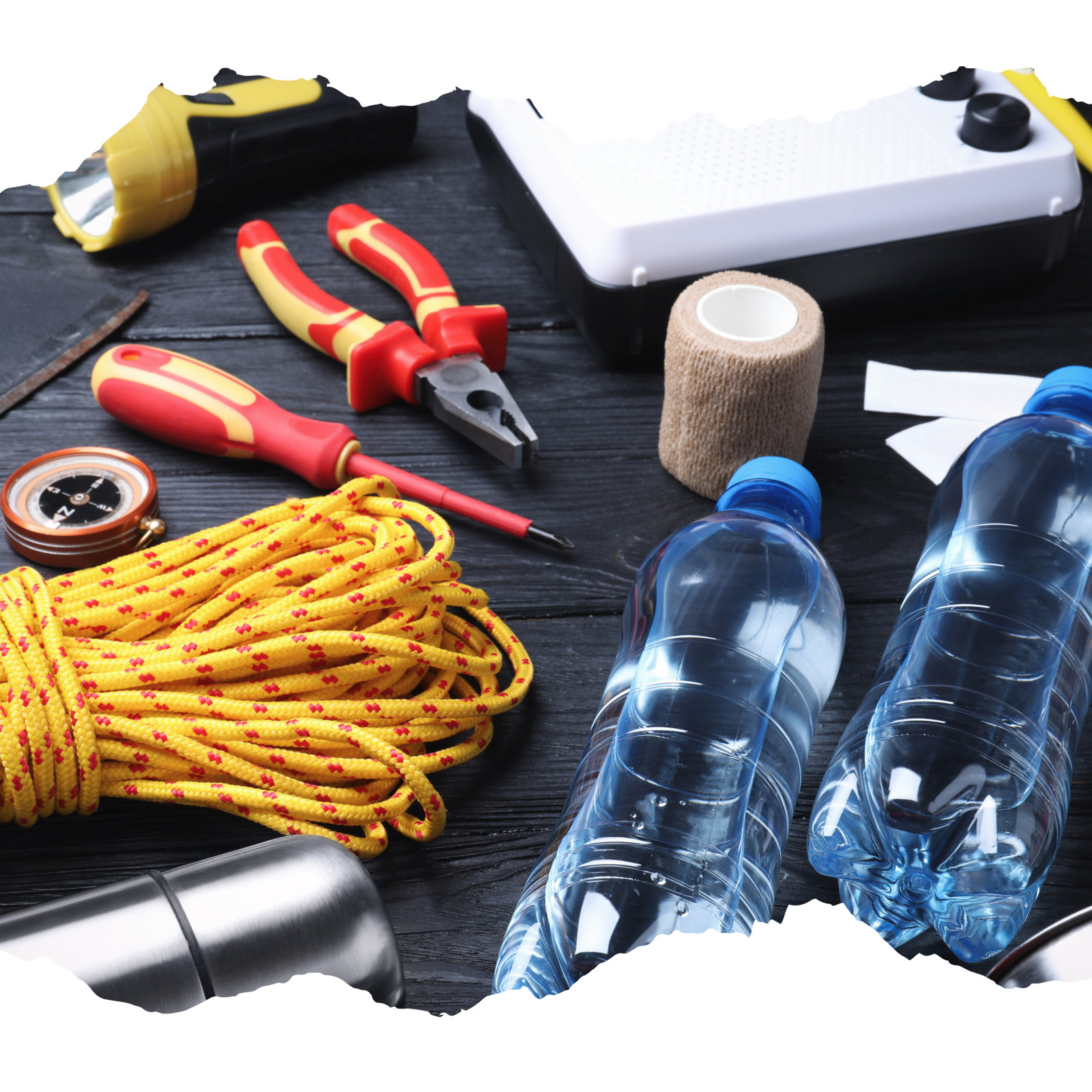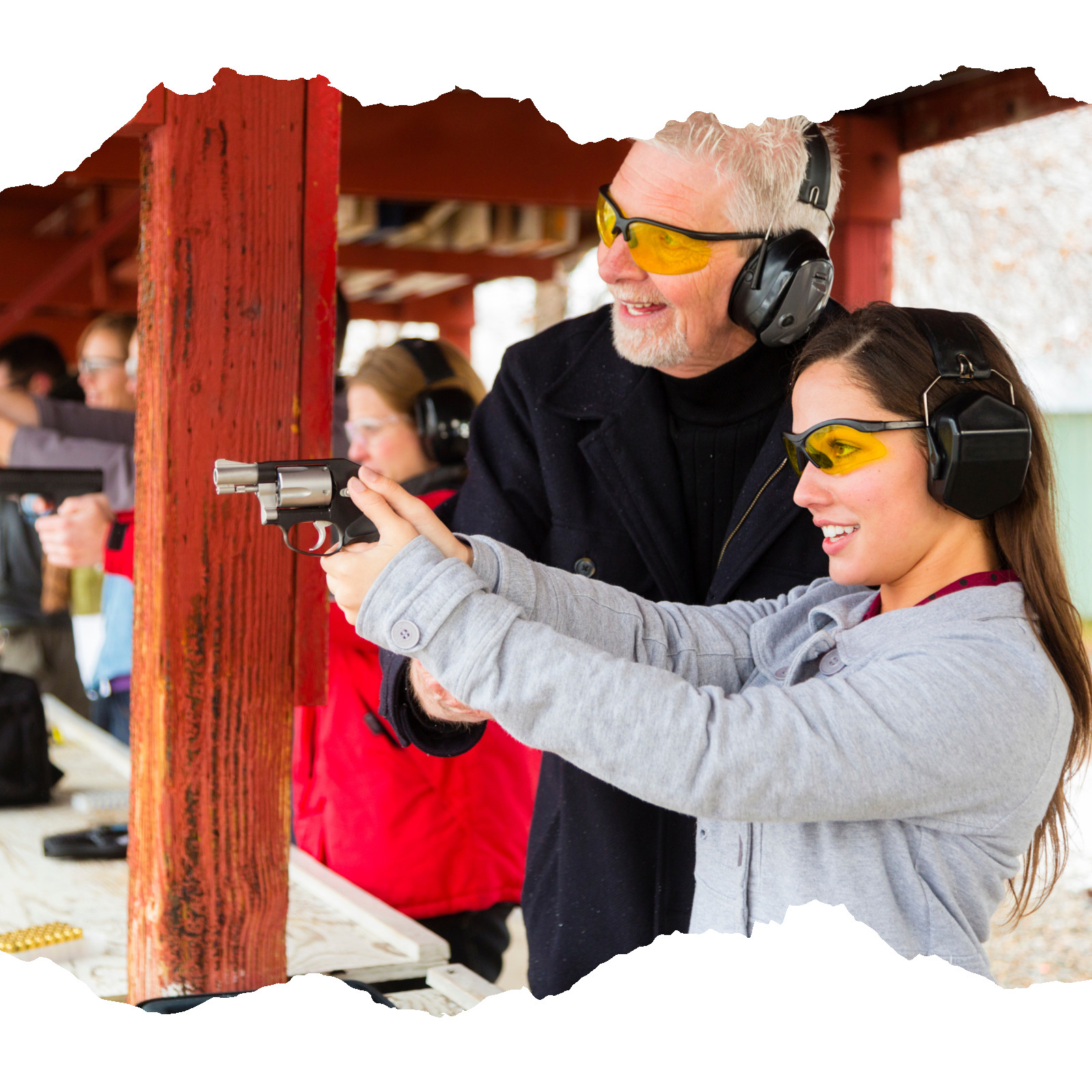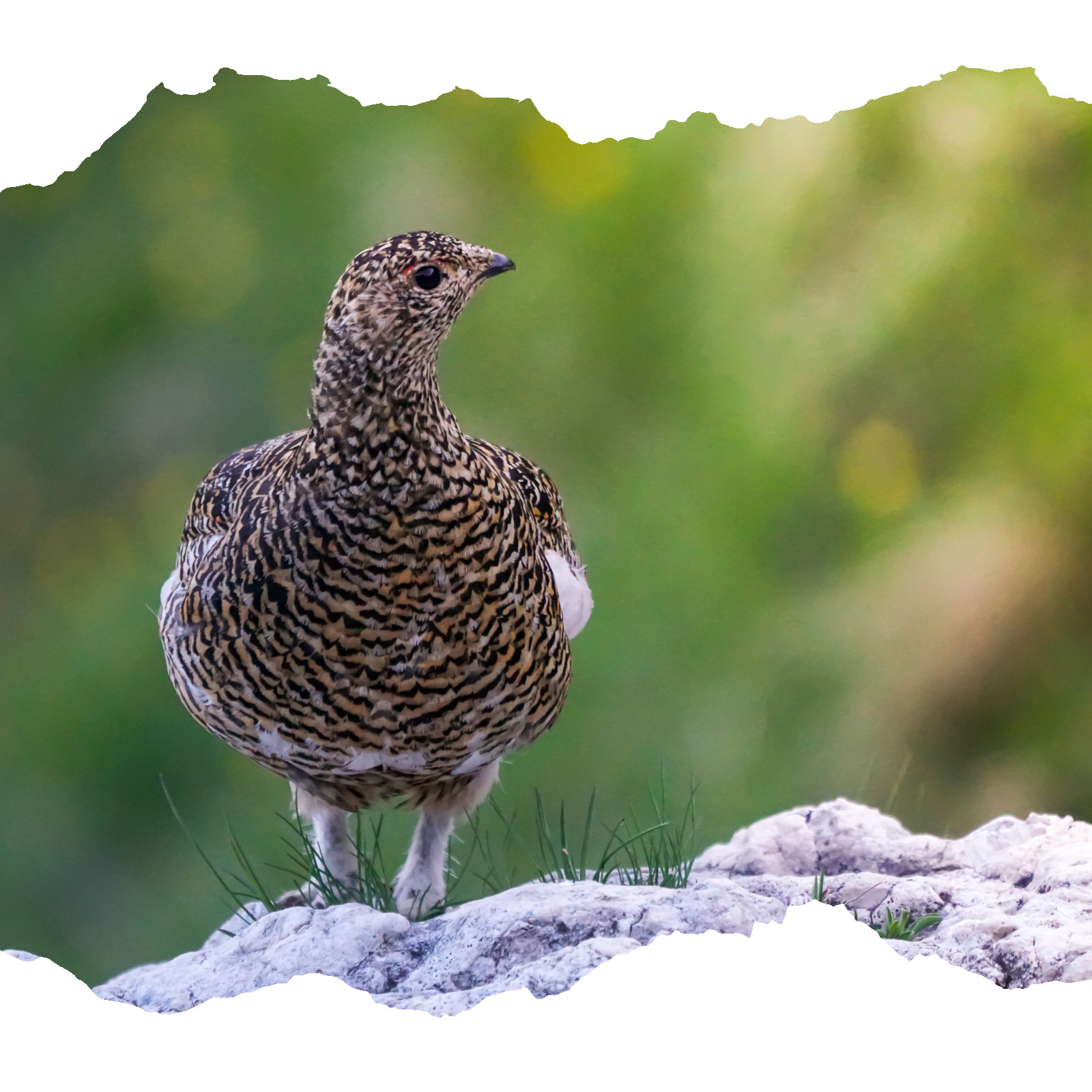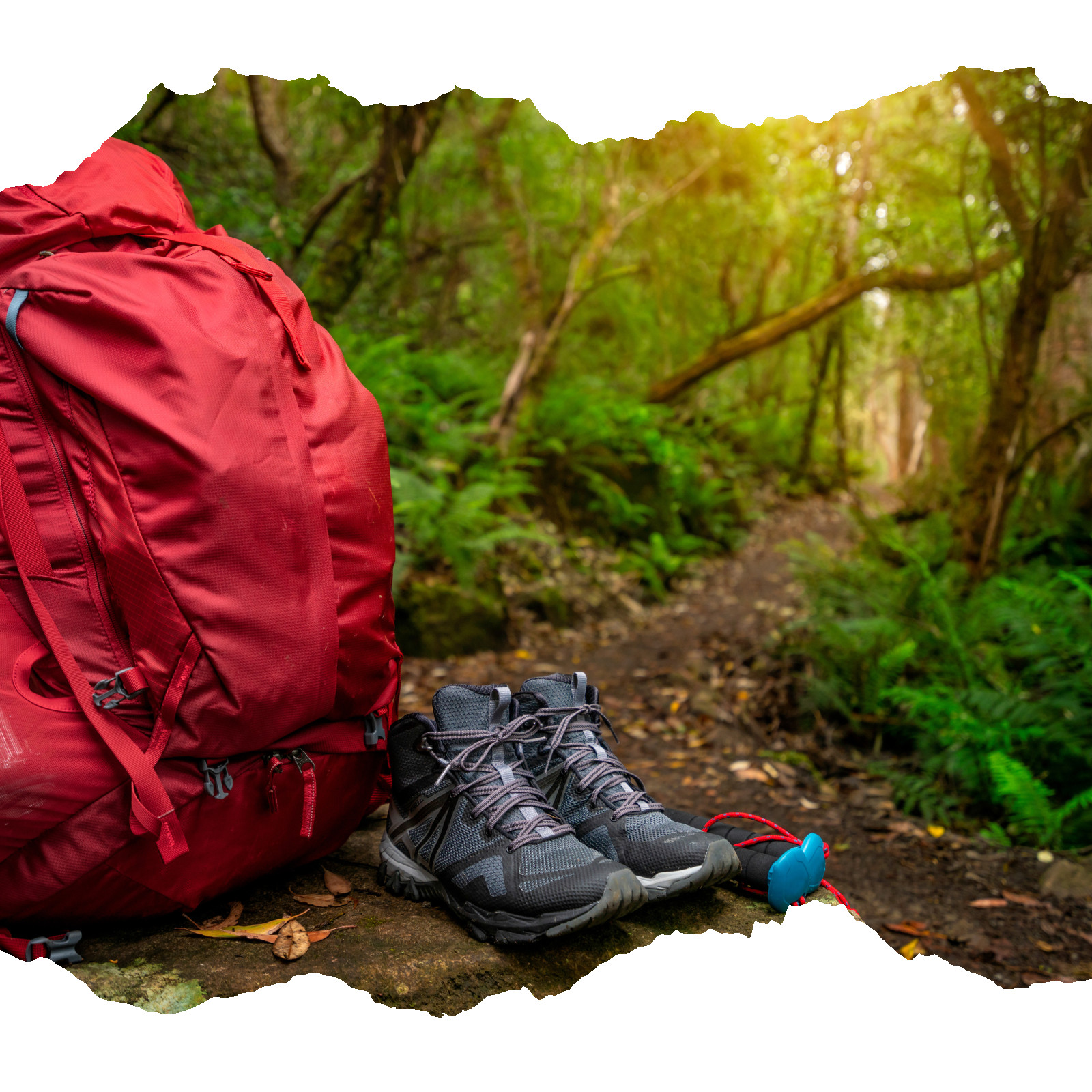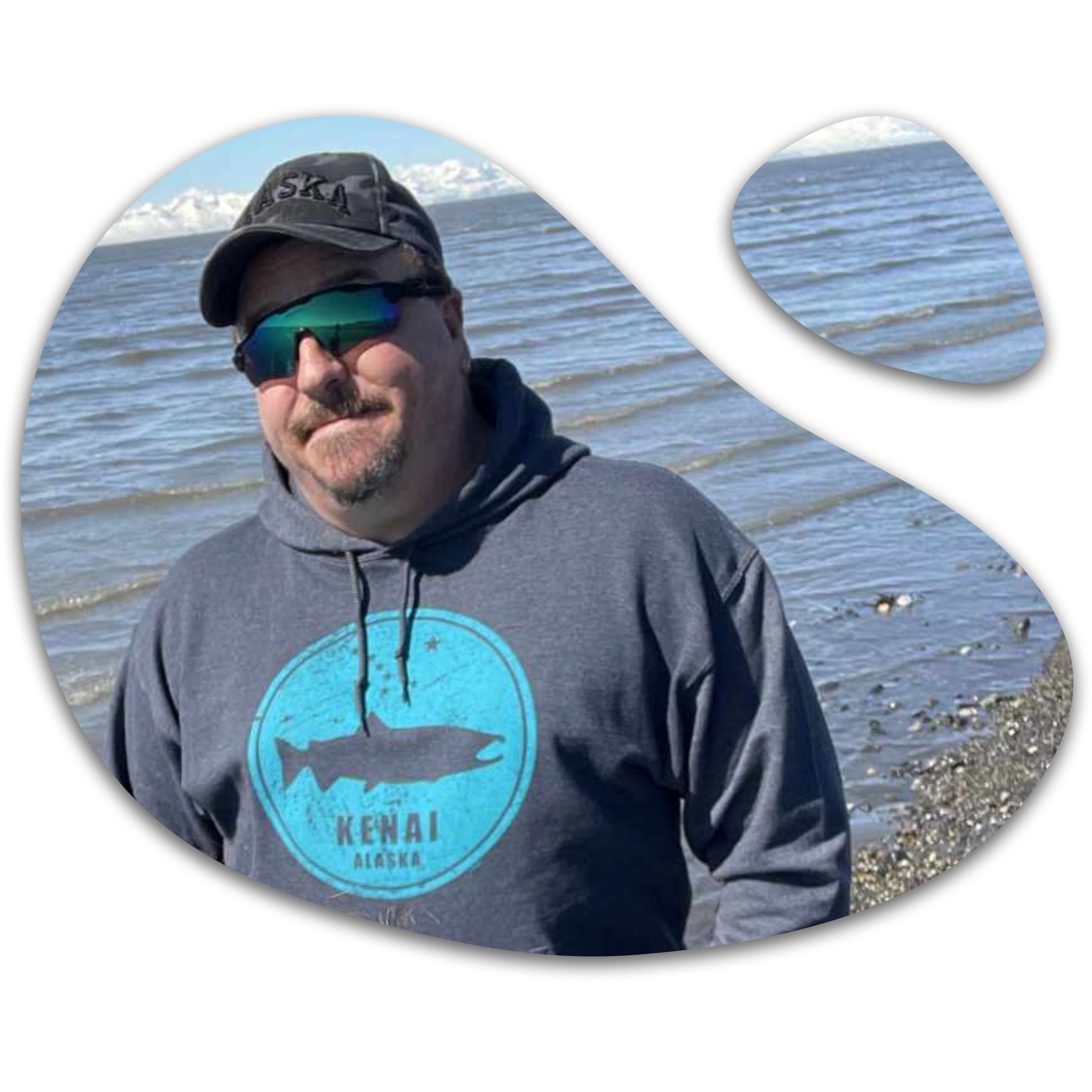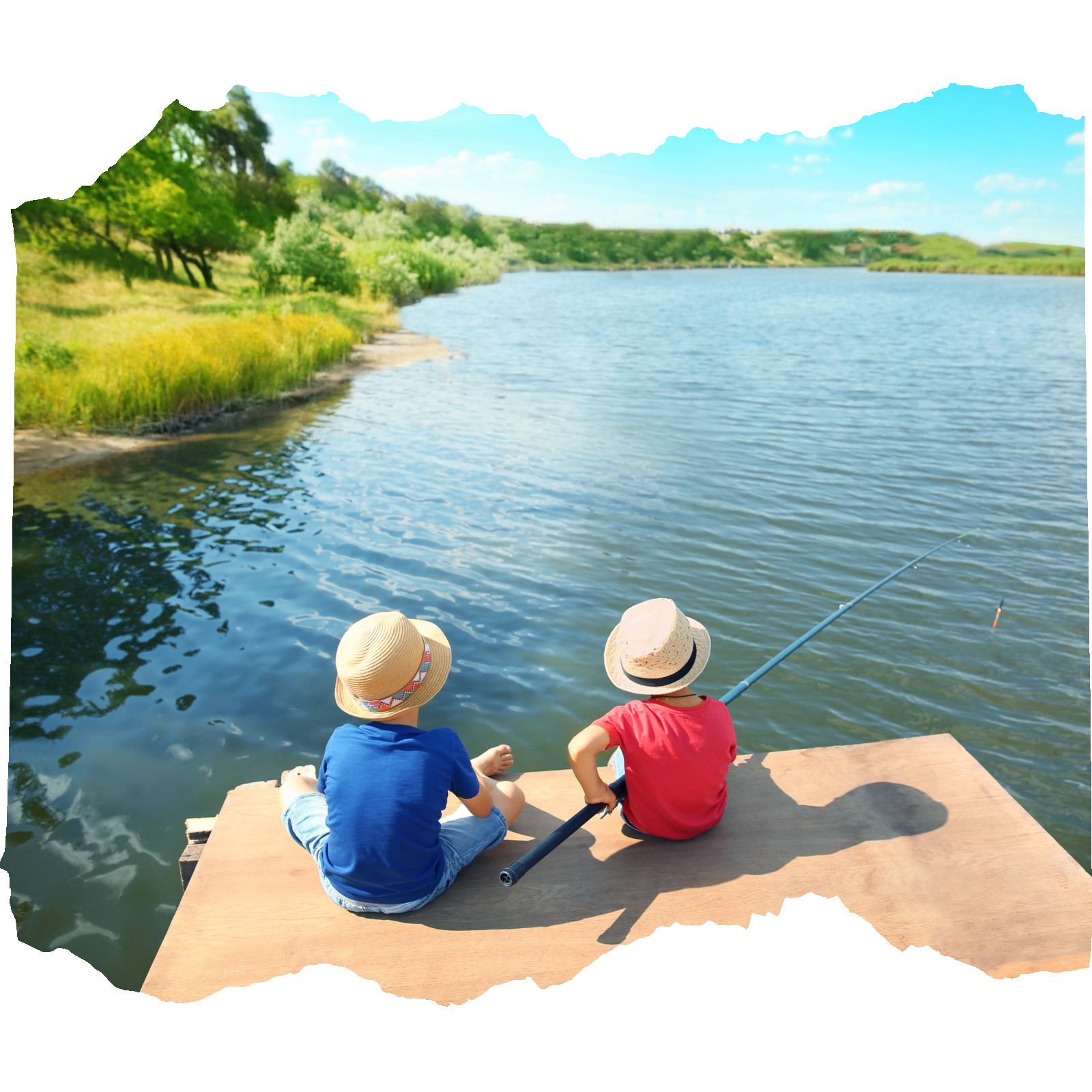
Start Simple
Choose the Right Gear and Fish
Find High Catch Rates
Make It a Family Learning Adventure
Pick the Right Spot
Educate and Engage
Be Patient and Encouraging
Hands-On Learning
Teach Basic Skills
Safety First
In Conclusion

Being a former Boy Scout, and working in a very rural environment, I’ve learned to keep a basic “survival fishing kit” in my vehicle all the time. This kit doesn’t have to be large and cumbersome. In fact, the kit I keep in our truck is contained in a small fanny pack. We've all heard of EDC, here we're going to discuss the EDD (Every Day Drive) kit.
Below I’ve listed all my must-haves. Keep reading to find out!
What’s in the kit
One of the first things I put in the kit was a method of making fire. Following the “Be Prepared” mantra, I have multiple methods for starting a fire. A ferrocerium (“ferro”) rod tops the list in this area, as even wet material will succumb to the extremely hot sparks put off by this material. Amazon has an excellent assortment of ferro rods in different dimensions. I’ve found that the ¼ inch or larger rods work best, but any port in a storm as they say!
The tried and true Bic style lighter obviously has a place in the fire kit. Because let’s face it, those things last forever.
I’m a huge fan of Dave Canterbury, but on this next point he & I diverge just a bit. Old fashioned strike anywhere matches (when you can find them!) are a great method for fire starting (another Boy Scout hold over lol). Make sure that you waterproof the heads to avoid wet weather complications.
Believe it or not, there is a flint and steel kit in the fire bag as well, along with char cloth and jute.
Water and water purification methods are up next.
Stainless steel water bottles are my go-to. But if you’re just starting out or just want to keep it simple, store bought bottled water, plastic sports bottles, or a bota bag (personal fav) work fine. I keep water purification tablets in the kit in case I have to replenish with water I can’t boil first.
The food component is made up of trail mix, granola bars, pre-packaged “snack packs” (tuna, chicken, etc). Add a few tea bags & coffee pouches and you’re set.
Don’t forget the fishing gear
A small collapsible fishing rod & reel are obviously a main component, along with a good assortment of lures/bait/flies. There’s nothing wrong with a small Plano or similar compartment box to be able to expand the lures and goodies. In my kit I included a couple of the yo-yo style automatic reels. These things are great! not only will they double or triple your effort to reward (they set the hook) but you can also use them for triggers in light snares.
For a shelter component, I threw a couple of emergency space blankets (mylar) in, along with some 550 cord.
A small folding knife and a small flashlight round out the basic kit.
Ready for anything
I’m sure you’ve noticed it ain't all strictly fishing. The point is to not completely limit yourself, be ready for a multitude of potentials. Different situations, different kits!
Hope you find this useful! Feel free to comment with any questions and I’ll get back to you ASAP!



